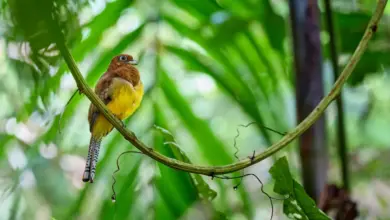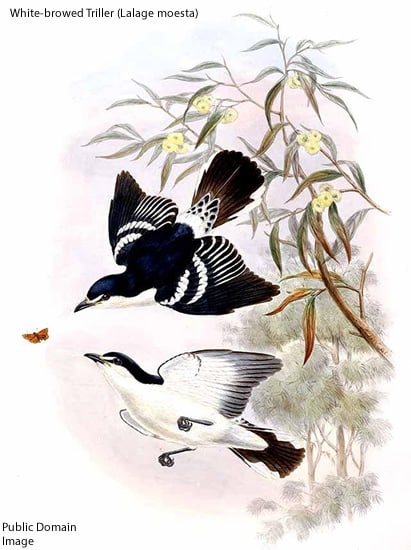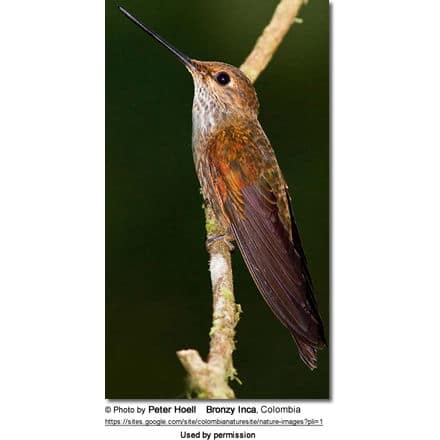Dusky Honeyeaters
The Dusky Honeyeaters, Myzomela obscura, is a small, brown bird that is a common resident of New Guinea, the Moluccas, the islands of Torres Strait, and northern Australia, where there are two separated populations, one in the Top End, another from Cape York Peninsula along the east coast as far south as the New South Wales border, though the species is rare south of Rockhampton.
Around 12 to 15 cm long, Dusky Honeyeaters are dull-colored but active and fast-moving, often hovering to take insects or nectar from flowers in the upper story. They inhabit a wide range of habitat types, including monsoonal forests and scrubs, woodlands, swamps, and almost any area near water. Dusky Honeyeaters tend to be sedentary in sufficiently attractive areas, nomadic or migratory in less attractive districts, particularly in the southern part of their range.
Breeding takes place in the dry season (typically March to September). The small, neat cup nest is usually constructed with fine bark, spiderwebs, and leaves on a well-hidden branch high over water. The two white eggs have fine reddish spots.
Copyright: Wikipedia. This article is licensed under the GNU Free Documentation License. It uses material from Wikipedia.org
Please Note: The articles or images on this page are the sole property of the authors or photographers. Please contact them directly with respect to any copyright or licensing questions. Thank you.





